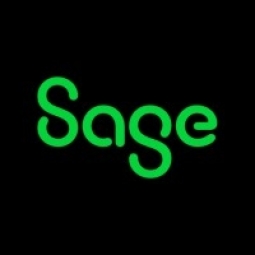公司规模
Mid-size Company
地区
- America
国家
- United States
产品
- Sage ERP X3
- Automated RF Data Collection
技术栈
- Microsoft Access
实施规模
- Enterprise-wide Deployment
影响指标
- Productivity Improvements
- Cost Savings
技术
- 功能应用 - 企业资源规划系统 (ERP)
适用行业
- 食品与饮料
适用功能
- 离散制造
- 质量保证
用例
- 自动化制造系统
- 库存管理
服务
- 系统集成
关于客户
Blount Fine Foods 是一家位于马萨诸塞州福尔里弗的食品制造公司。自 1946 年以来,该公司一直为餐饮服务、零售和俱乐部商店客户提供优质食品。Blount Fine Foods 使用最优质的食材,结合创造性的烹饪专业知识和最高的质量标准,保持了其在行业中的领先地位。该公司实现了强劲增长,在过去几年中收入翻了一番,并扩大了其产品范围,除了招牌汤品系列外,还推出了蘸料、酱汁和酱料。该公司拥有约 300 名员工。
挑战
2006 年,Blount Fine Foods 转向 Sage ERP X3,因为很明显其原有系统无法支持公司不断增长的业务。以前的系统流程制造能力有限,因此配方、菜谱和工作订单都在 Microsoft Access 数据库中管理。使问题更加严重的是,只有少数人能够访问数据。该公司评估了几种解决方案,但发现大多数解决方案过于复杂,维护和管理成本高昂。“我们希望有一个可以管理业务、易于安装且可扩展的系统,”Pitzer 补充道。“Sage ERP X3 满足了我们的所有要求。它提供强大的流程制造能力,提供集成的开发环境,价格也很诱人。”
解决方案
Blount Fine Foods 使用 Sage ERP X3 的可选附加模块 — 自动 RF 数据收集。它有助于无缝且安全地处理各种车间和仓库业务交易。该模块从自动输入设备获取车间和仓库输入的数据,验证其准确性,并将数据传递给 Sage ERP X3 进行即时更新。它还管理整个设备网络,在数据收集设备上生成提示以确保准确收集数据,甚至确保在系统停机期间保存数据。“它在整个工厂中都非常有效,”Pitzer 指出。“坚固耐用的 RF 读取器甚至可以在我们的冷冻柜中使用。”
运营影响
数量效益

Case Study missing?
Start adding your own!
Register with your work email and create a new case study profile for your business.
相关案例.

Case Study
The Kellogg Company
Kellogg keeps a close eye on its trade spend, analyzing large volumes of data and running complex simulations to predict which promotional activities will be the most effective. Kellogg needed to decrease the trade spend but its traditional relational database on premises could not keep up with the pace of demand.
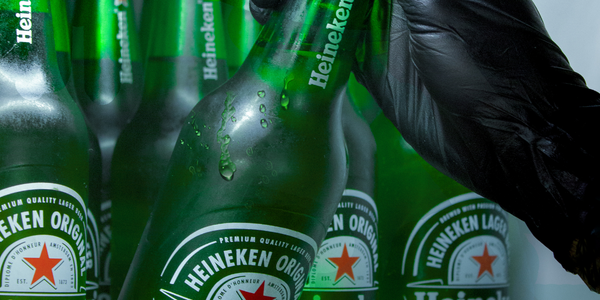
Case Study
HEINEKEN Uses the Cloud to Reach 10.5 Million Consumers
For 2012 campaign, the Bond promotion, it planned to launch the campaign at the same time everywhere on the planet. That created unprecedented challenges for HEINEKEN—nowhere more so than in its technology operation. The primary digital content for the campaign was a 100-megabyte movie that had to play flawlessly for millions of viewers worldwide. After all, Bond never fails. No one was going to tolerate a technology failure that might bruise his brand.Previously, HEINEKEN had supported digital media at its outsourced datacenter. But that datacenter lacked the computing resources HEINEKEN needed, and building them—especially to support peak traffic that would total millions of simultaneous hits—would have been both time-consuming and expensive. Nor would it have provided the geographic reach that HEINEKEN needed to minimize latency worldwide.
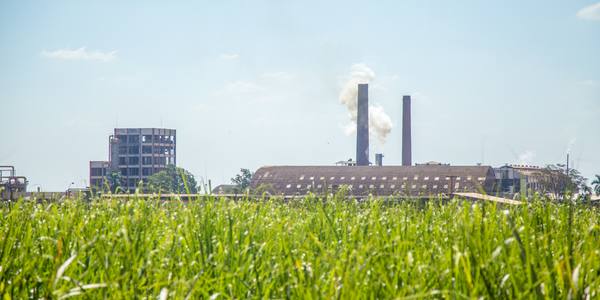
Case Study
Energy Management System at Sugar Industry
The company wanted to use the information from the system to claim under the renewable energy certificate scheme. The benefit to the company under the renewable energy certificates is Rs 75 million a year. To enable the above, an end-to-end solution for load monitoring, consumption monitoring, online data monitoring, automatic meter data acquisition which can be exported to SAP and other applications is required.
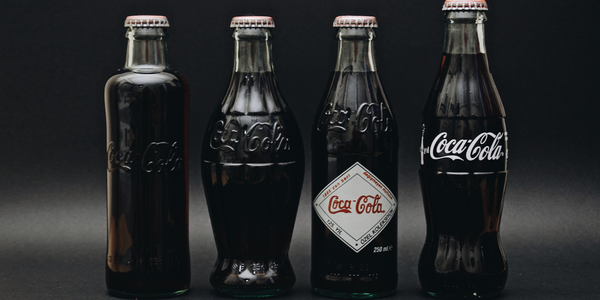
Case Study
Coca Cola Swaziland Conco Case Study
Coco Cola Swaziland, South Africa would like to find a solution that would enable the following results: - Reduce energy consumption by 20% in one year. - Formulate a series of strategic initiatives that would enlist the commitment of corporate management and create employee awareness while helping meet departmental targets and investing in tools that assist with energy management. - Formulate a series of tactical initiatives that would optimize energy usage on the shop floor. These would include charging forklifts and running cold rooms only during off-peak periods, running the dust extractors only during working hours and basing lights and air-conditioning on someone’s presence. - Increase visibility into the factory and other processes. - Enable limited, non-intrusive control functions for certain processes.
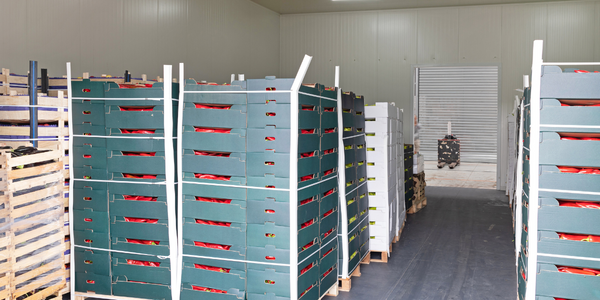
Case Study
Temperature Monitoring for Restaurant Food Storage
When it came to implementing a solution, Mr. Nesbitt had an idea of what functionality that he wanted. Although not mandated by Health Canada, Mr. Nesbitt wanted to ensure quality control issues met the highest possible standards as part of his commitment to top-of-class food services. This wish list included an easy-to use temperature-monitoring system that could provide a visible display of the temperatures of all of his refrigerators and freezers, including historical information so that he could review the performance of his equipment. It also had to provide alert notification (but email alerts and SMS text message alerts) to alert key staff in the event that a cooling system was exceeding pre-set warning limits.
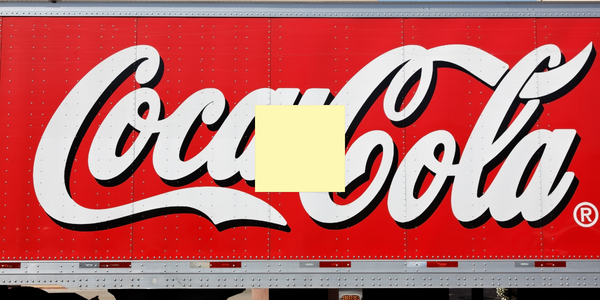
Case Study
Coca-Cola Refreshments, U.S.
Coca-Cola Refreshments owns and manages Coca-Cola branded refrigerators in retail establishments. Legacy systems were used to locate equipment information by logging onto multiple servers which took up to 8 hours to update information on 30-40 units. The company had no overall visibility into equipment status or maintenance history.




